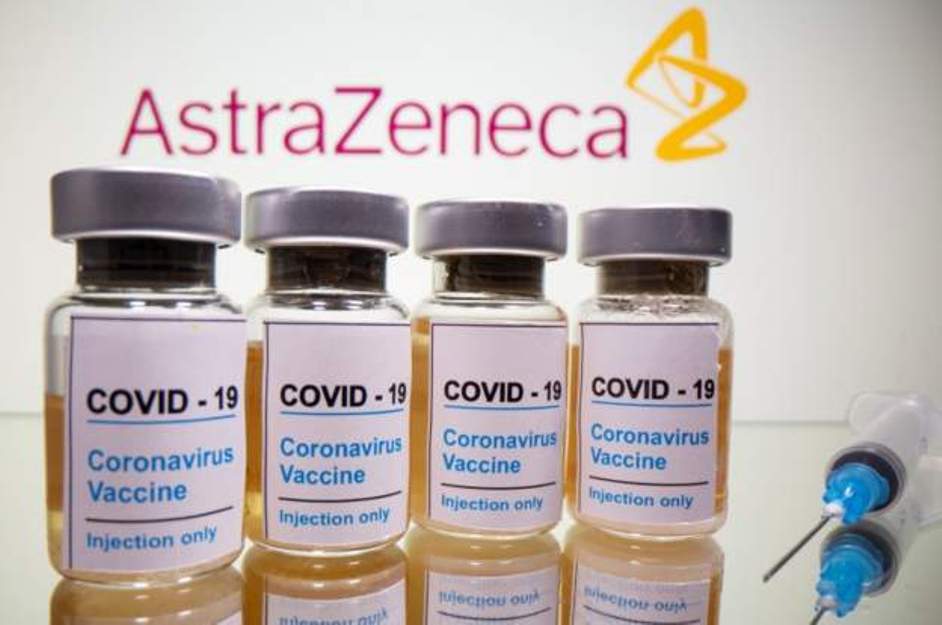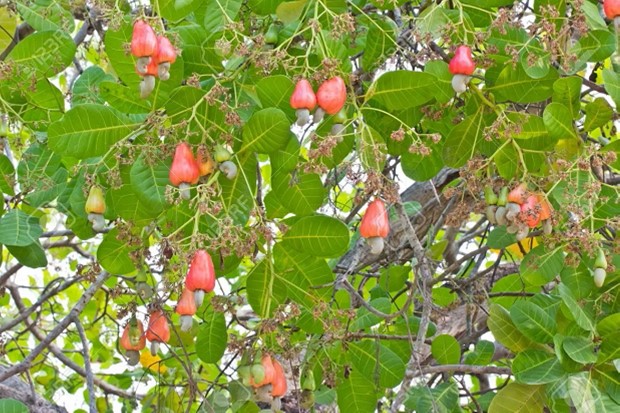Dr Jackson Orem,the Director Uganda Cancer Institute
Kenya’s decision to ban the importation of maize from Uganda has raised widespread concern in the country. Some Members of Parliament have urged the government to intervene at the East Africa Community level, saying the ban would affect the market for Ugandan farmers along the Kenya-Uganda border.
However, while the debate rages on in boardrooms and the floor of Parliament, the Director of Uganda Cancer Institute, Dr. Jackson Orem says Uganda should tread with caution, arguing that aflatoxins— a type of toxin produced by a fungus that remains on crops, especially maize, when not dried and stored properly is a big threat to Uganda’s effort to prevent liver cancer.
He says while Kenya has slapped the ban on the importation of maize to save its people from cancer, Ugandans who mainly consume the maize meal commonly known as Posho, Kawunga or Bando face the same threat and need protection.
How safe is your maize flour?
Maize farmed in Uganda is not only a common dish in most households in Kenya but it is also a familiar food in Uganda. It constitutes the biggest percentage of meals consumed in schools and prisons among others.
Scientists like Dr. Jackson Orem confirm that the maize meal may not be safe if it contains a certain level of aflatoxins. The biggest threat is that high levels of aflatoxins can lead to liver cancer.
Aflatoxins are mainly caused by fungus. The fungus normally like grain and nuts especially when they are not well preserved. Dr. Jackson Orem observes that if it is true that aflatoxins were traced in Ugandan maize as observed by the Kenyan authorities, it could be because of an existing gap in the way the maize was handled at the post-harvest level.
Studies by International Institute for Tropical Agriculture (IITA) and the National Agricultural Research Organization have found that aflatoxin is a major challenge to the country’s efforts towards food self-sufficiency.
In 2014, researchers conducted a study whose finding was published in the European Union Journal of Tropical Medicine and International Health. It investigated aflatoxin contamination in common foodstuff in Uganda. It involved 100 adults and 96 children under 3 years of age (85 males, 111 female).

The results indicated that every adult and all but four children had detectable levels of aflatoxins. Surprisingly, five babies reported to be exclusively breastfed were also found with detectable levels of the toxins.
The study however found that adults who consumed more Matooke (bananas) had lower levels of aflatoxins than adults who did not, possibly, because their diet contained fewer aflatoxin‐contaminated foods such as posho or kawunga.
Children who consumed soya, which is not grown locally, had levels of aflatoxins that were almost twice as high as those who did not eat soy. Other studies have estimated 3,700 liver cancer cases reported in the country annually are attributable to aflatoxin contamination. This translates to between US$144.3 and 577.2 million, or 0.53–2.14% of Uganda’s total GDP.
How Safe are animal feeds?
As the Kenyan government banned Ugandan maize, some cattle, piggery, and poultry farmers in the East took on social media in jubilation. The reasoning was that they were likely to incur lower costs in animal feed purchases.
It is common that Kenyan trucks would buy the maize grain as well as the bran from milled maize and rice. Local farmers have to pay a similar price to Kenyan importers for bran and broken maize, the main ingredient in animal feeds.
Researchers from Makerere University’s College of Veterinary Medicine, Animal Resources and Biosecurity in April last year had another telling finding. The team that included Paul Bogere, Margaret Nabulime and Achileo Kaaya among others found the majority of the farmers and processors had limited knowledge about aflatoxins; contamination predisposing factors; dangers to animals and humans and mitigation strategies.
The findings published in the International Journal of Food Contamination observed that given the lack of awareness and the high prevalence of aflatoxin-contaminated poultry feeds and feed ingredients in Uganda, a higher risk for carryover of the toxins into the animal products for human consumption exists.
Aflatoxins are associated with economic impacts including increased mortality of farm animals, lowered livestock productivity increased veterinary costs and challenges in the disposal of contaminated feeds and feed ingredients.
-URN





